OPALS
Some interesting facts about Nature’s kaleidoscopes
Most modern references suggest that the word ‘opal’ is adapted from theSanskrit word úpala which means ‘precious stone’. Minerals have a crystal structure and opals do not possess this structure; it is amorphous which means it is not strictly a mineral but a mineraloid.
Opal is composed of hardened silica. The rainy season would bring drenching showers to the Australian semi-desert outback which, over time, leached through the soil into ancient underground rock, carrying dissolved silica (a compound of silicon and oxygen) downward. During dry spells, the water evaporated, leaving deposits of solidified silica in the cracks and between the layers of underground sedimentary rock. These silica deposits formed opal.
In the Middle Ages, opal was considered a stone that could provide great luck; believed to possess all the virtues of each gemstone whose colour was represented in the spectrum of the opal. Bedouins believed that opals contained lightning and fell from the sky during thunderstorms.
When Australia’s mines began to produce opals commercially in the 1890s, it swiftly became the world’s primary source for this October birthstone.
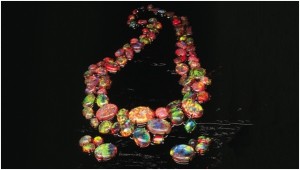
The Path of Enlightenment’ necklace contains 180 magnificent opals from Lightning Ridge, Australia, a famous opal-producing area. – Courtesy Cody Opal
‘The Path of Enlightenment’ necklace contains 180 magnificent opals from Lightning Ridge, Australia, a famous opal-producing area. – Courtesy Cody Opal
There are many misconceptions surrounding opals. Our advice would be that you must buy quality stones from a knowledgeable dealer or jeweller. Seek their advice on the various types of opals.
You can put your opals into water but it’s unwise to leave it in water and particularly hot water with detergent for long periods. And never wear it while gardening (as with most jewellery), because the stones are particularly vulnerable to scratching. They are also sensitive to extreme temperature changes and it’s a good idea to store them in a plastic bag with a moist cloth or cotton wool.
When buying your opal or opal jewellery you should consider the opal’s type, size, brilliance, colour and pattern. As with any gems, there are trade-offs. Once you have chosen the type and quality of stone you prefer, it’s simply a case of choosing a colour that you find attractive and which meets your budget.
Opals stand in a class by themselves. More than any other gem, each opal is distinctly an individual, delicate but well worth the extra care.

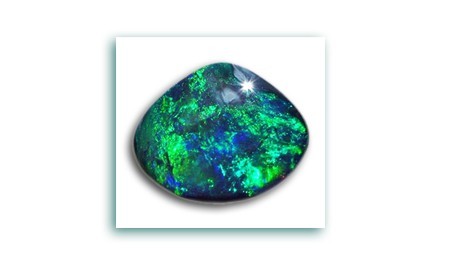
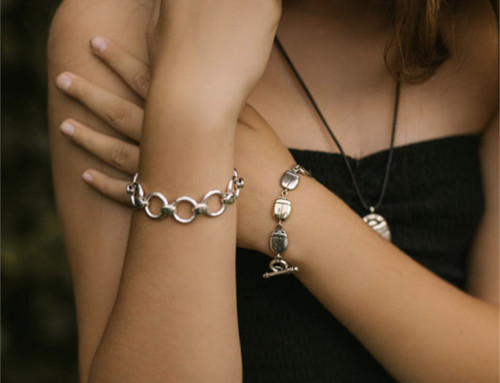
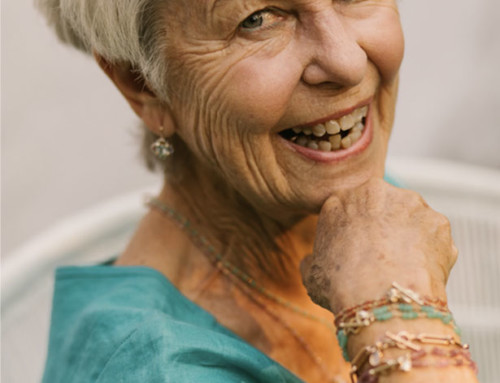
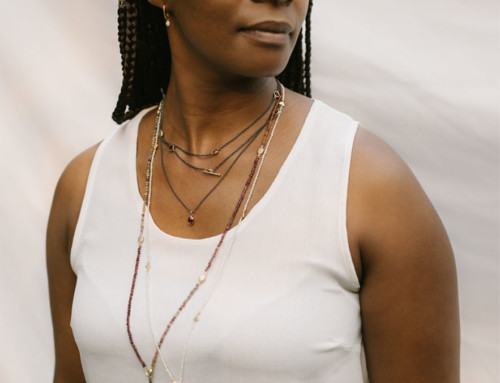

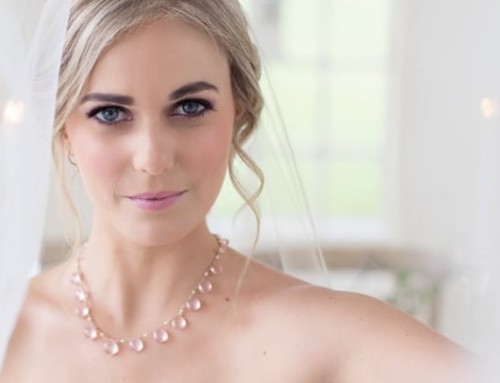
Leave A Comment